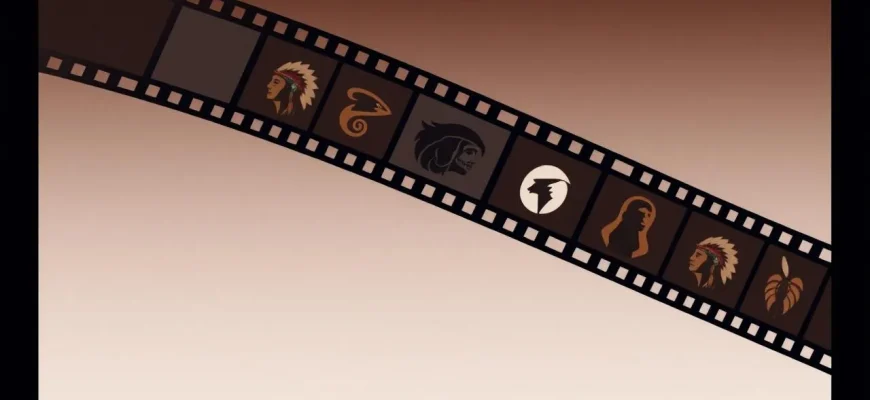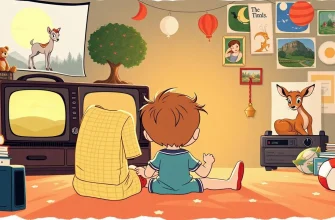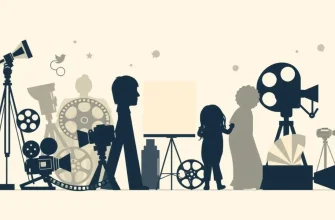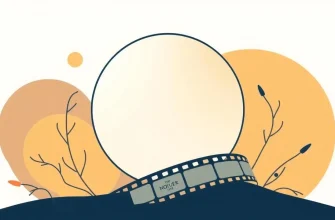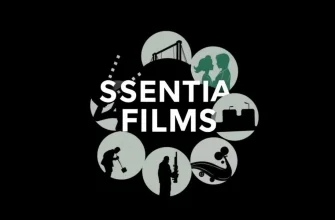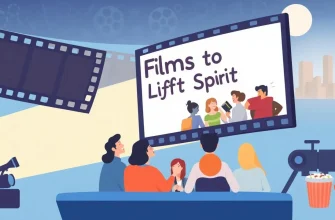This curated list celebrates the cinematic portrayal of Native American culture, history, and struggles. These films offer a window into the lives of indigenous peoples, showcasing their resilience, traditions, and the complex interactions with other cultures. Whether you're interested in historical accuracy, cultural representation, or compelling storytelling, this collection provides a valuable perspective on Native American narratives.

Little Big Man (1970)
Description: A satirical Western that follows the life of Jack Crabb, a white man raised by the Cheyenne, offering a unique perspective on Native American history.
Fact: Dustin Hoffman's character lives to be 121 years old, providing a narrative spanning from the 1850s to the early 20th century.
 Watch Now
Watch Now

Powwow Highway (1989)
Description: A road movie about two Cheyenne men traveling to rescue their sister, showcasing Native American humor and the struggle for identity.
Fact: The film was one of the first to portray Native American characters in a contemporary setting, away from the typical historical narrative.
 Watch Now
Watch Now

Black Robe (1991)
Description: This film explores the early interactions between French Jesuit missionaries and the Algonquin and Iroquois tribes in 17th-century Canada.
Fact: The film was shot in the harsh Canadian wilderness, adding to its realistic portrayal of the era.
 Watch Now
Watch Now

The Last of the Mohicans (1992)
Description: This adaptation of James Fenimore Cooper's novel focuses on the French and Indian War, with a strong emphasis on the Mohican tribe's involvement.
Fact: The film's score by Trevor Jones and Randy Edelman was nominated for an Academy Award.
 Watch Now
Watch Now
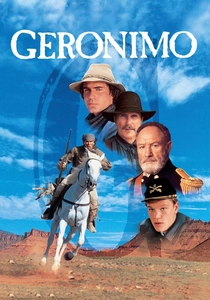
Geronimo: An American Legend (1993)
Description: A biographical film about the Apache leader Geronimo, depicting his resistance against the U.S. government and his eventual surrender.
Fact: The film was shot on location in the American Southwest, providing an authentic backdrop to the story.
 Watch Now
Watch Now
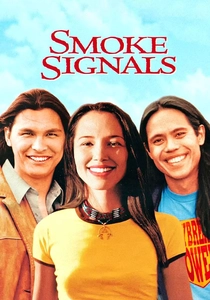
Smoke Signals (1998)
Description: A road trip movie that explores the relationship between two young Coeur d'Alene men, offering a contemporary look at Native American identity and humor.
Fact: This was the first feature film to be written, directed, co-produced, and acted by Native Americans. It was adapted from Sherman Alexie's short story collection.
 Watch Now
Watch Now
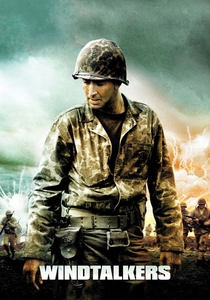
Windtalkers (2002)
Description: This film highlights the role of Navajo code talkers during World War II, showcasing their contribution to the war effort and the cultural divide they faced.
Fact: The film was criticized for not focusing enough on the Navajo characters, but it did bring attention to their previously little-known role.
 Watch Now
Watch Now
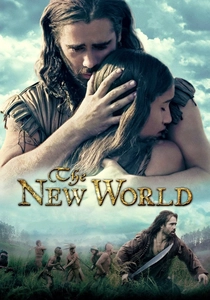
The New World (2005)
Description: Terrence Malick's poetic retelling of the story of Pocahontas, focusing on her relationship with John Smith and the cultural clash between settlers and Native Americans.
Fact: The film was shot on location in Virginia, where the historical events took place, and used real Native American actors for authenticity.
 Watch Now
Watch Now

Dances with Wolves (1990)
Description: This epic Western drama follows a Union Army lieutenant who becomes part of a Lakota tribe, offering an intimate look at Native American life and culture.
Fact: Kevin Costner, who directed and starred in the film, learned to speak Lakota for his role. The film won seven Academy Awards, including Best Picture.
 30 Days Free
30 Days Free
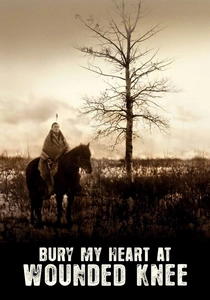
Bury My Heart at Wounded Knee (2007)
Description: Based on Dee Brown's book, this HBO film explores the events leading up to the Wounded Knee Massacre, focusing on the lives of Charles Eastman and Sitting Bull.
Fact: The film was nominated for 17 Emmy Awards, winning one for Outstanding Made for Television Movie.
 30 Days Free
30 Days Free

